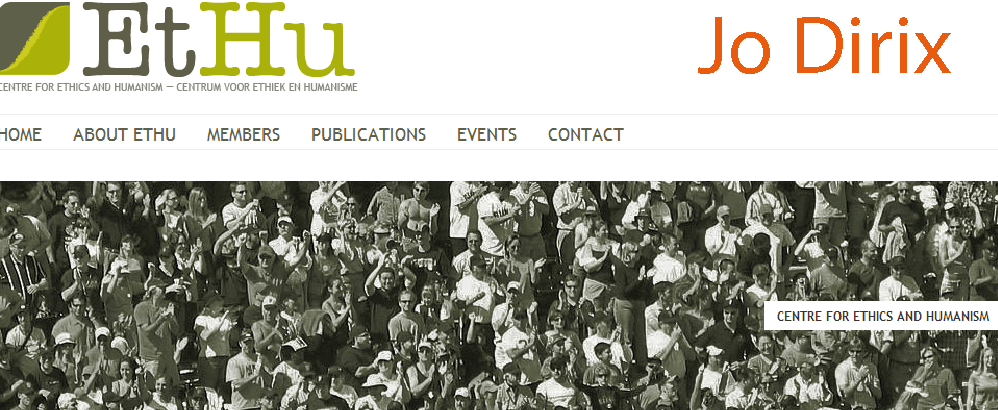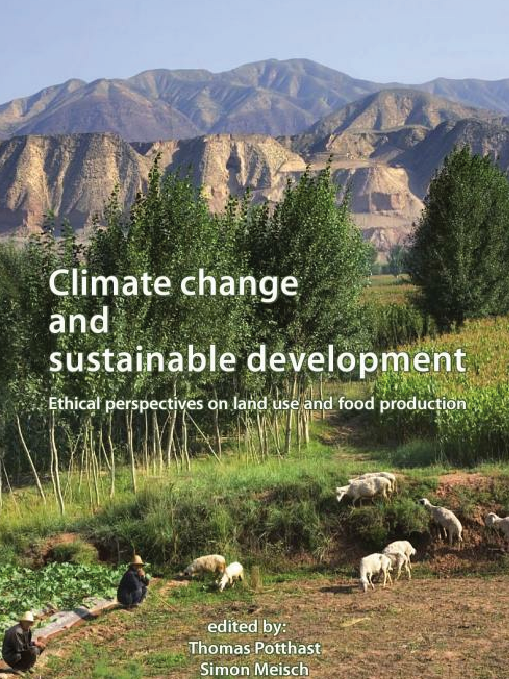Dear Aubrey,
I can certainly support GCI's proposal to the UNFCCC.
Ethics demands of us to regard man’s environmentally devastating behaviour and the consequences of that behaviour for the global worst-off and future generations of the world, as a whole. A solution should certainly consider the ‘package of goods’ these vulnerable groups will be deprived of. For the egalitarian distribution of one good or resource will still leave people unequal in their ability to pursue various goals. Nevertheless, the willingness of global leaders to act on climate change adequately and the vested interests at play which make a future equitable distribution of the remaining absorptive capacity of the atmosphere highly unlikely, GCI’s Contraction and Convergence is our foot in the door. It demands most of the largest culprits, while acknowledging the vulnerable situation of the victims. We should all get behind C&C since, in the current global political scenery, it is the most equitable proposition on the table.
The best of luck with the proposition.
Kind regards
Jo Dirix
Free University Brussels
How then would an equal share proposal benefit those two groups alike? As a more specific avenue towards the allocation of equal entitlements, the Contraction and Convergence [C&C] approach was suggested in the early 1990's by Aubrey Meyer from the London based Global Commons institute [Meyer 2000]. Under a C&C approach every individual is granted an equal right to emit GHGs since every individual has th e right to the use of the benefits of provided by a shared resource. Second, a global cap is placed on emissions, on the basis of a scientific analysis of the amount of GHG's the global environment can withstand. Third, each nation is awarded an emissions budget consistent with the capacity of the global environment to absorb GHG S [Page, 2006: 177]. This implies that the industrialized nations have to contract GHG emissions while the non-industrialized can raise their emissions for a limited time in the future. The non-industrialized nations can sell the emission permits that they do not require to industrialized nations in need of additional permits, thereby creating revenues to fund adaptation, development and poverty reduction, while the industrialized nations use the permits to soften their transition towards a renewable energy economy. Thus, after the contraction of the industrialized nations and the increase in the emissions of the non- industrialized nations, the emissions trajectory of both converges to an equal level.A sine-qua-non for this scenario to be successful is the collective political will to determine the start and the length of the convergence period [Simms, 200S: 178-179]. Needless to say, the longer the transition's starting point is postponed, the more the problem is exacerbated and the more invasive the convergence trajectory will need to be. Current estimates show that to stabilize atmospheric levels of CO2 to at 440 ppmv which would correspond with a rise of 2°C, a CO2 peak should occur between 2020 and 2030 and the CO2 emissions should decline to zero by 2052 [GCI, 2011].
Equal per capita entitlements to greenhouse gas emissions: a justice based critique
J Dirix W Peeters S SterckxHow does sustainable intensification measure against these facts? First, given that a large part of the problem is distribution and not absolute deficiency, it is more sensible to target the underlying problem of distribution directly. Second, intensifying livestock agriculture can lead to further reductions in the crops available to people of poorer nations. Third intensive livestock agriculture can be associated with deforestation causing further emissions.
The most rational policy is contraction and convergence. This recommends a contraction of meat and dairy consumption in parts of the developed world and a limited increase in the developing world leading ultimately to a convergence of consumption at a sustainable level. This is consistent with feeding the world more equitably and reducing food injustice. Finally all of this is consistent with respecting the welfare of sentient farm animals because intensification often diminishes animal welfare. This is consonant with respecting society’s democratic concern for animal welfare.
S P McCulloch, The Royal Veterinary College, University of LondonContraction and Covergence versus Greenhouse Development Rights
The two already mentioned competing concepts in CE are Contraction and Convergence [C&C]. The core idea is presented in Meyer [1999 for furterh developments see the website of Meyer’s Global Commons Institute] and Greenhouse Development Rights [GDR Baer et al 2008 see www.ecoequity.org] The position adopted here is clearly a variant of C&C which is augmented by some ideas on adaptation beyond the vulnerability criterion, some hopes for CDR and strict caveats against SRM.
The GDR concept supposes a global emergency situation and combines strict mitigation with mandatory assistance to adaptation in the global South and with a benchmark in monetary income below which persons have no obligation to curb their GHG emissions or care for climate change. The charming idea that rich persons in poor countries should contribute to mitigation and adaptation is not at the heart of the GDR concept. A human right is seen as a right to create monetary income is placed at the centre of the system of human rights.
The concept of C&C as proposed by Meyer [1999] includes a gradual convergence from now to 2050 which seems both feasible a fair. Such a scheme puts a mitigation burden on countries like China. The heaviest burden clearly falls on states whose economies have been based on cheap energy as in the US.
While C&C allocates resources, GDR allocates burdens. Under the criteria of responsibility and ability, the burdens of single states are calculated. As a result, the burdens of states like Germany, the USA and other wealthy industrialized countries become greater than 100% emissions reduction.
Even if these states reduced all GHG emissions to zero, there remains a financial burden to help to assist Southern Countries to adapt. On the other side, economics which do not convert GHG emissions into income efficiently will be benefitted under a GDR scheme. The attractiveness of GDR has faded at a closer look [Kraus Ott 2009]. It combines an emergency ethics with a conventional approach to development to a measure which creates results that look somewhat over-demanding in a macro-economic perspective.
For Northern countries the economic impacts of C&C are severe but viable under a prudent long-term transition management. Germany could reach 100% electricity supply from renewables by 2040 if there will be close cooperation with Scandinavian states [SRU 2011]. There are reasons to claim that the C&C concept, that must be enlarged to the domain of adaptation and might adopt some important points from GDR, is all things considered the ‘better’ concept.
Conclusion
The triangular affair between mitigation, adaptation and climate-engineering strategies should not be seen as a portfolio. Within this triangular affair mitigation deserves the priority because mitigation is a precondition for adaptation and CDR being successfully performed. Mitigation on a global scale is by no means Utopian anymore. If the course of action will be agreed and become a safely paved and reliable pathway, the speed of taking steps may be increased up to running.
Climate change raises huge challenges for agriculture but there is no time for despair yet. Under a global C&C regime, agriculture could be adapted to modest climate change and, by doing so, become transformed into a more organic and sustainable 'Gestalt’. Adaptation and transformation are two sides of the same coin.
K Ott C Baatz



